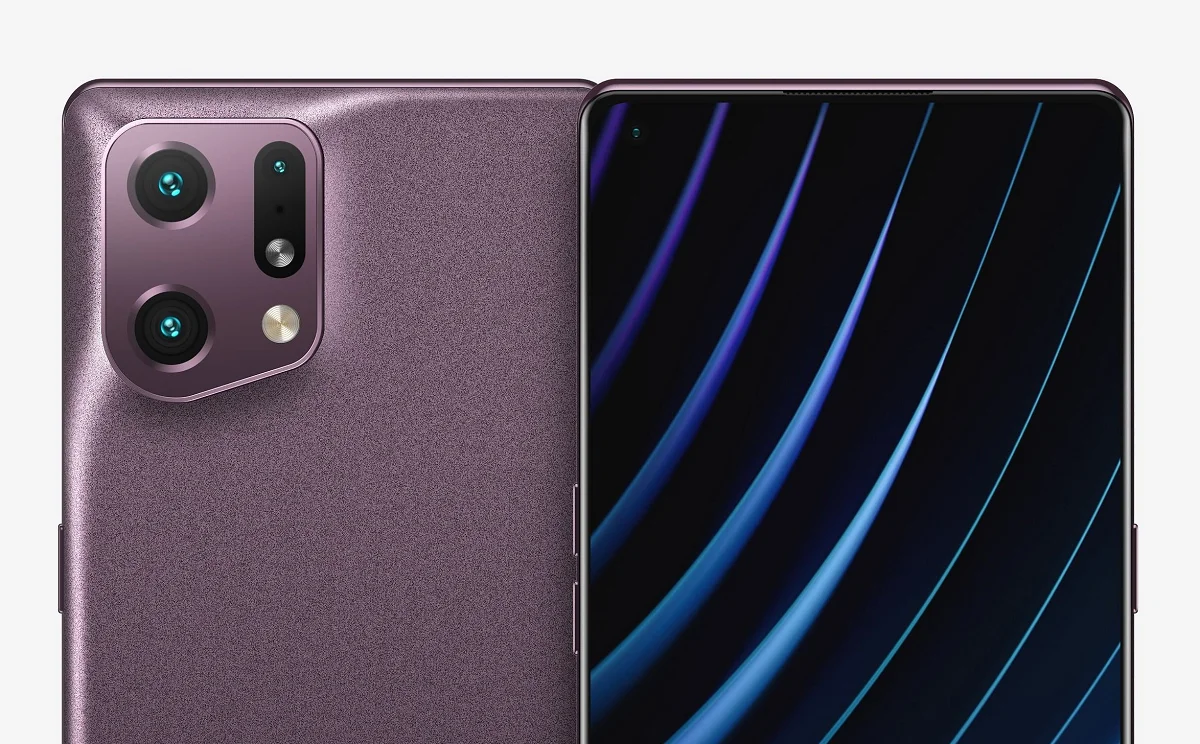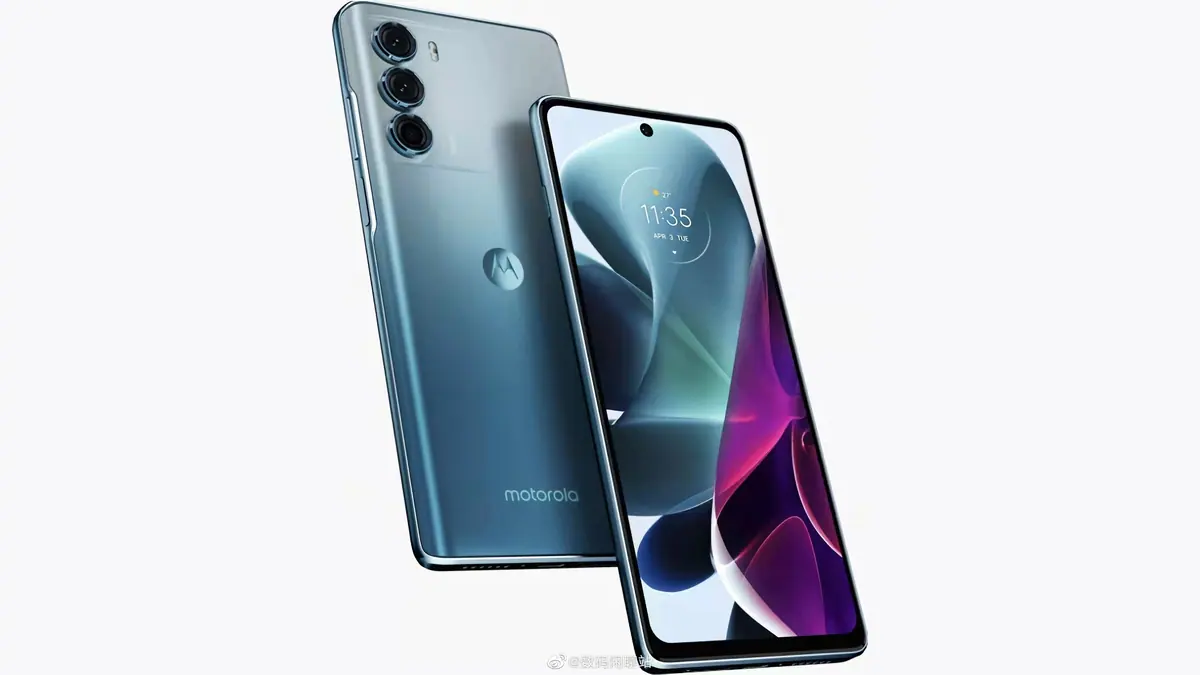There’s no use in selling me some heart attack features if the processing isn’t good. I’ve tested mobiles with many megapixels, huge sensors, and top-notch specs. Most were behind the Google Pixel and iPhone until recently. 12 megapixel sensors.
But this year everything has changed. My experience with the Galaxy S23 Ultra and its 200-megapixel sensor is one of the biggest leaps in recent mobile photography history. This week I was also able to analyze the Xiaomi Redmi Note 12 Pro+ and confirm that the formula was repeated. 200 megapixels has a considerable marketing component, but when used well, they are a before and after for our phone’s camera.
This is not a comparison between these two phonesIt wouldn’t be logical or fair. I want to show you what 200 megapixels actually do, beyond the “you can enlarge photos a lot and print them in higher quality” mantra. There are real advantagesand it is important to highlight them.
An escape into computational photography
contemporary photography broken. Manufacturers are getting out of control when it comes to computational processing, and today there’s no way to force details with software, change the skin in portrait mode, take night photos that look like day or, obviously, invents things that don’t exist.
Manufacturers process how they process it for their customers’ tastes: we want light-filled color photos. Even though there is neither that light nor those colors
Part of the blame lies with the users. We prefer bright photos to dark, even without that light. We prefer vivid colors to matte colors, even if there is no such saturation in real life, we want to look great in portraits, even if there is no light in night photos, brightness even if there are spots on our skin. Computational photography comes to solve the problems we invented. This is fine, but leaves no room for those who want a natural photo.
And yes, with the sensors and lenses we have now, we can take pictures with a pretty wild naturalness and level of detail. Apple tested with ProRAW, and Samsung put the cards on the table with the ISOCELL HP2: both in RAW and in manual mode at 200 megapixels. We’ve already talked about RAW, now it’s time to talk about resolution.
200 megapixels works, but not what you think
Megapixels are largely a marketing tool. We correlated the more the better. That’s not the case with the 108-megapixel Samsung Galaxy S20 Ultra. Nor with countless mid-range phones jumping to mediocre sensors. 48 megapixels, even worse than 12 sensors in some cases, but something is changing this year. Ultra resolution modes are used to avoid the drama I’m talking about: 12 megapixel ultra-processed photography.
I repeat: this is not a comparison to see which model is better, I want to show you how detailed it is to shoot at 200 megapixels.. A little later I’ll show you the differences between 12-megapixel shots, so you’ll understand my dreadful obsession with rendering in automatic modes.
Samsung Galaxy S23 Ultra | Xiaomi Redmi Note 12 Pro+. Both in 200 megapixel mode
What you see is very important. We’re talking about the 499 Euro Redmi Note 12 Pro+, which stands up to the Samsung Galaxy S23 Ultra in a 200-megapixel photo. Samsung is an ISOCELL HP2 size 1/1.3″While Redmi has ISOCELL HPX size 1/1.4″. The Galaxy’s sensor is larger, but not a huge difference.
Trim at 150%. Redmi has more texture without excessive sharpening.
I’m starting with this photo as it was one of the photos that impressed me the most when I started taking samples for this article. The philosophies differ: Samsung’s photography is a little softer, and Redmi artificially works a little more detail to achieve more defined contours. Be as much as you can Magnified detail even above 100% is simply gorgeous.
Resolution is not responsible for the naturalness and brutal details of these photos. It’s a much less aggressive process than showing the raw work of the sensor.
“See? Megapixels go a long way!” You might think the truth is that it’s half a truth. The part for sure is that having such a large resolution allows us to enlarge and enlarge with more margin than a smaller photo. But if you notice, the important thing is not the details when we enlarge it. the key is these photos are processed in a completely different way. And I will easily explain how to prove it.
Redmi Note 12 Pro+ 200MP and Redmi Note 12 Pro+ 12MP.
We’re expanding beyond 100% and… processing can be improved to the same degree in both.
You’re looking at two photos in low light. They’re both the same phone, but one is 200 megapixels and the other is 12 megapixels. I chose this scene as Xiaomi itself does not recommend shooting at 200 megapixels in low light, the phone shows us a warning. In this case, both photos have a lot of sharpness and are rendered somewhat unpleasantly. proof of this if the process is the same, the resolution doesn’t matter.
Samsung Galaxy S23 Ultra 200 MP vs Samsung Galaxy S23 Ultra 12 MP.
200 megapixel photos is another world. And it is handled completely differently.
You are currently looking at the same two photos taken with the Samsung Galaxy S23 Ultra. In this case, we are facing a high-end situation and we are not afraid to shoot at 200 megapixels with almost no light. The differences here are brutal. There is not much sharpening in the 200 MP photo, there is some noise as this information is not washed out, and there are even differences in colorimetry.
is the best possible example it all depends on the process. 200 MP is a huge help, but if the photo is processed in the same way as 12, the result will not improve at all.
200 megapixel photos take up 20 to 30 MB of space. It is very large files that make the phone work hard and complicates things for manufacturers when it comes to over-processing such photos.
200MP and 12MP. Xiaomi Redmi Note 12 Pro+.
Cropping a subject at 100% distance requires a highly trained eye to notice that the edges are much more pronounced in a 200 megapixel photo. What can be seen with the naked eye, Difference in HDR processing, as well as its effect on the final colorimetry. In simpler words, at least on this phone, prove that we have 200 megapixel photos with the rendering we want in good light.
Samsung Galaxy S23 Ultra. 12MP and 200MP
The photo on the right is much more realistic in color.
To reiterate this point, I’m saving this example of the S23 Ultra analysis. Here we see what it’s like to shoot at 200 megapixels. Even change the color of the photo! Moreover, the additional detail that exists is not due to the resolution itself (100% cropping, nothing crazy), but to the differences in rendering the scene.
In short: Welcome if megapixels bring a different operation
Samsung and Xiaomi are not alone here. Apple also jumped on the bandwagon for ultra-processed photos, with the iPhone 13 Pro they had pretty weak RAW, and ProRAW delivered the processed (or rather unprocessed) photos that we did, until finally the 48-megapixel came out. request.
As far as Samsung and Xiaomi are concerned, I don’t see shooting at 200 megapixels as an insane expansion of that resolution. It is an escape route to the ill-worked. what they can do when we shoot at 12 megapixels in auto mode.
The same process can be applied to the 12-megapixel mode: we can have more detail and more naturalness without the physical need for very high resolution sensors. There is nothing to suggest that there will be major changes in these philosophies.
Image | xataka
on Xataka | I’m a photographer and these are the apps I always install on my mobile.




























